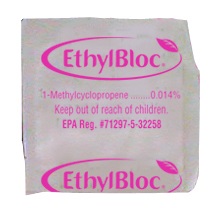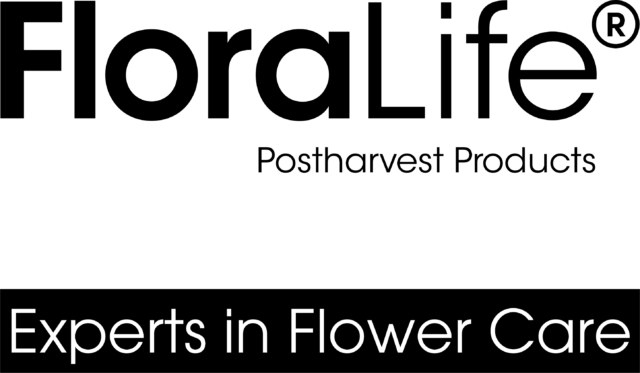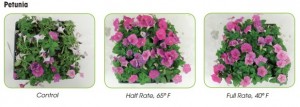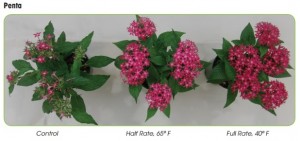Floral Research: EthylBloc™ Effects on Potted & Bedding Plants
 Floralife Research Updates are a valuable source of cut flower knowledge. Our floral research helps growers, transporters, wholesalers and retailers get the most from their investment, and present a better product to the consumer. Today’s focus is on preventing ethylene damage, in a paper entitled, “EthylBloc™ Technology: Different Temperatures with Potted and Bedding Plants.”
Floralife Research Updates are a valuable source of cut flower knowledge. Our floral research helps growers, transporters, wholesalers and retailers get the most from their investment, and present a better product to the consumer. Today’s focus is on preventing ethylene damage, in a paper entitled, “EthylBloc™ Technology: Different Temperatures with Potted and Bedding Plants.”
Ethylene: It’s Everywhere!
This floral Research Update, by Floralife Chief Scientist Anil Ranwala, PhD., first describes the effects of ethylene on flowers and plants. “Ethylene is a natural plant hormone that occurs as a gas in the atmosphere. It acts as a signal molecule to initiate and control many important plant processes such as flower initiation, adventitious rooting and fruit ripening. Unfortunately for many ornamental plants, ethylene causes many negative effects such as bud drop, flower death, leaf yellowing and abnormal flower opening resulting in severe quality loss.”
Plants and flowers react to ethylene that they produce themselves, as well as ethylene from nearby plants, or decomposing produce in a grocery walk-in, or from a propane heater, or from the exhaust of a forklift or refrigerated truck… basically it’s everywhere in the flower chain! But Floralife has an answer: EthylBloc™ Technology.
 EthylBloc™ Technology: How it Works
EthylBloc™ Technology: How it Works
EthylBloc™ Technology is an EPA approved ethylene action inhibitor. It inhibits the negative effects of ethylene which include: premature wilting, leaf yellowing, premature opening, and premature death. It is available in truck kits for transport, and in sachet form that allows you to scale the dose to fit varying shipping size requirements.
We talked previously about the effects of EthylBloc™ Technology on cut flowers, but how well does it work on potted and bedding plants? That’s the subject of this floral Research Update!
EthylBloc™ Technology: The Experiment
For our floral research experiment, we tested a standard-dose, lower-temp EthylBloc™ treatment against half-dose higher-temp EthylBloc™ treatment and the control sample with no EthylBloc™ treatment. We tested Dianthus, Petunia, Torenia and Penta. The plants were treated (or not), then exposed to ethylene, and then we observed the results. Let’s look at some sample photos taken after 5 days…(click to enlarge)
(More at the original Research Update!)
Conclusion
Our floral research showed that “All the potted and bedding plant species tested in this experiment were protected from ethylene damage with the use of EthylBloc™ Technology. Both EthylBloc™ Technology treatments (standard dose at low temperature and half dose at high temperature) were equally effective in preventing ethylene damage.”
If you are looking for flexibility in treating potted and bedding plants against ethylene damage, Floralife® EthylBloc™ Technology can make it happen! Have you used EthylBloc™ Technology yet? How has it worked for you? Share your results in the comments section below!


